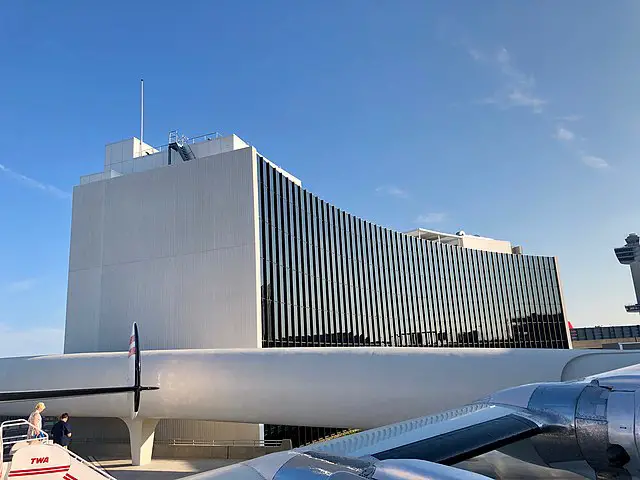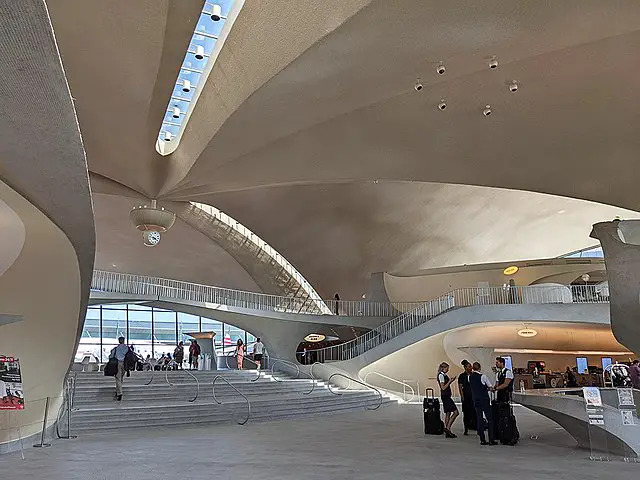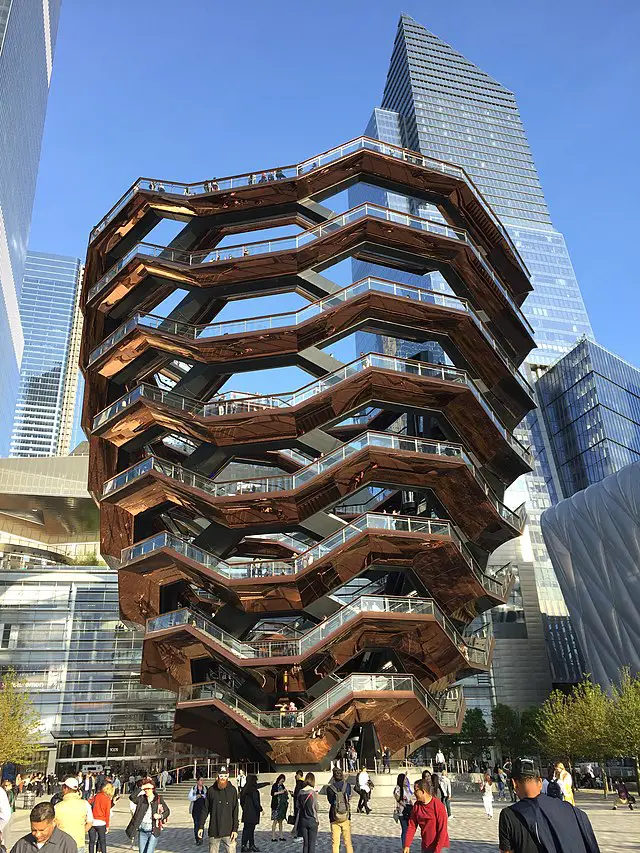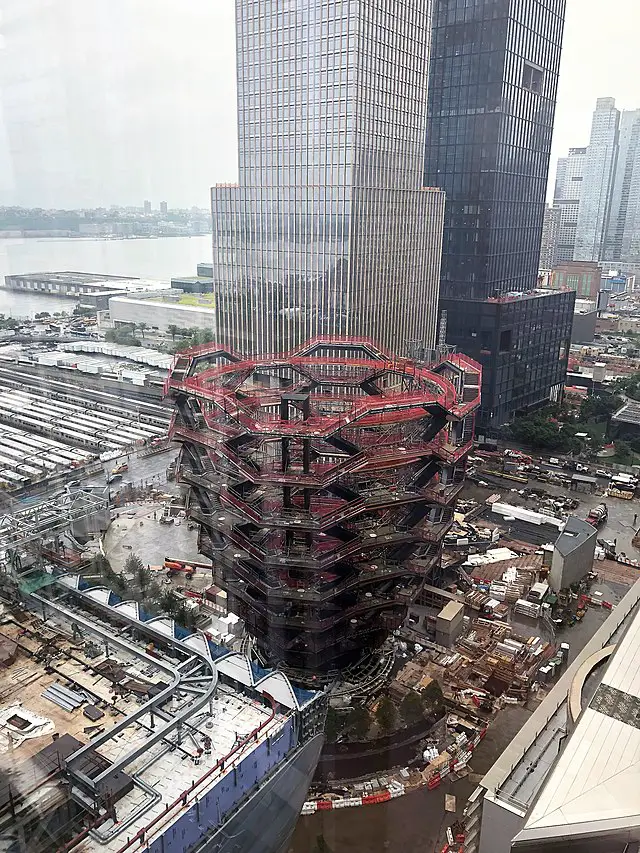


The Queens County Farm Museum, one of the last active farms in New York City and the state’s longest continuously cultivated location, is a remarkable relic of the county’s agricultural past. A historic farm, also known as Queens Farm, is situated on 47 acres (190,000 m2) in Queens, New York City’s Floral Park and Glen Oaks districts. The farm, which has been in business continuously since 1697, is the largest remaining area of undeveloped farmland in the city. The location includes three restored farms from several periods, as well as a glasshouse, planting areas, livestock, and numerous specimens of antiquated agricultural machinery. Queens Farm engages in sustainable farming and offers a four-season growth schedule. The Adriance Farmhouse, a New York City Landmark listed on the National Register of Historic Places, is housed in the museum.
From 1697 to 1808, the Adriances, a Dutch family, privately owned the land. Their 1772 three-room farmhouse has been repaired and is still standing today. The farm continued to change ownership after 1808 as it transitioned from a colonial homestead to a contemporary “truck farming” or market gardening enterprise. By 1900, it had become “the second largest [farm] in terms of size in Queens County and the highest in terms of cash value…assessed at 32,000 dollars” under the management of its final private farmer, Daniel Stattel. The Stattels sold the farm in 1926 to real estate mogul Pauline Reisman, who eventually sold it to Creedmoor State Hospital. The hospital used the farm to cultivate attractive plants for the rest of the hospital campus, fill its kitchen, and conduct occupational therapy there.
In order to build a museum, NYC Parks acquired ownership of the farm from the hospital in 1975 thanks to state legislation written by Frank Padavan. All year long, the public is welcome to take free guided tours of the farmhouse on Saturdays and Sundays. From April to October, weekends are when hayrides are available. From May through October, a local seasonal farmstand is open every Wednesday through Sunday, selling produce from Queens Farm as well as flowers.
In particular, many who experienced the heydey of TWA (Trans World Airlines) flock to the TWA Hotel at New York’s John F. Kennedy International Airport.The hotel breathed new life into the former TWA Flight Center, which was initially built in 1962 and is located right close to terminal 5. The TWA Hotel is the first and only hotel at JFK Airport, and it has been welcoming visitors since May 2019. Vintage cars may be seen in front of the main door, and as soon as you step inside, the vibrant world of the 1960s comes to life. With the opening of the renovated hotel, the old TWA Flight Center has gained six restaurants and eight bars, including a retro cocktail club called Connie housed within a Lockheed Constellation plane from 1958. The TWA Hotel features a variety of distinctive personalities. The rooftop Pool Bar in one of the hotel’s two wings is the centre of attention, though. On the rooftop, you can eat some food and sip a Mile High Spritz while observing the JFK platform and runways. To finish your stay at the airport hotel, take a plunge in the heated infinity pool while you watch the aeroplanes take off and land behind you. The Sunken Lounge is a restaurant that serves American food and is available for dinner. The hotel’s own rooftop bar, The Pool Bar, serves alcoholic beverages and light cuisine. A conference centre, a snack bar/deli, and free WiFi are additional features. Bring your pet along and take advantage of the facilities like food and water dishes that are available for pets at this property. Valet parking is another convenience. The Arthur Ashe Stadium and Aviator Sports and Events Center are two locations that are within a 30-minute drive of this 4-star Queens hotel.







In Manhattan, the Hudson Yards Redevelopment Project included the construction of the building and tourist attraction known as Vessel (TKA). The intricate honeycomb-like building, which is 16 stories high and has 154 flights of stairs, 2,500 steps, and 80 landings for tourists to traverse, was constructed according to designs by British architect Thomas Heatherwick. The centrepiece of the 5-acre (2.0 hectare) Hudson Yards Public Square is Vessel. Its developer Related Companies provided the funding, which is expected to total $200 million. On September 14, 2016, Vessel’s design was shown to the public. The materials were made in Italy and sent to the United States before construction started in April 2017. The tallest section of the vessel was installed in December 2017, and on March 15, 2019, it was made public. Following three suicides at the Vessel in January 2021, it was permanently closed to the public. In May 2021, the Vessel reopened. Two months later, a second suicide caused it to close again indefinitely. The term “Temporarily Known As” is denoted by the acronym “TKA” in the structure’s name. Vessel was met with conflicting reviews when it first debuted; some praised its prominent location within Hudson Yards while others mocked the costly design. The Vessel is not very large when compared to other New York skyscrapers like the Empire State or the Rockefeller. It is, nevertheless, a great location to view the adjacent and Hudson Yards towers. It has a distinctive design and has swiftly become as one of the most recognisable structures in the Big Apple. It is advised to get your tickets in advance to avoid the lengthy queues that frequently form and one of New York’s most well-liked attractions; this way, you can select your time slot and visit without interruption. By purchasing your ticket in advance, you can select the time of your visit and make yourself more comfortable.

